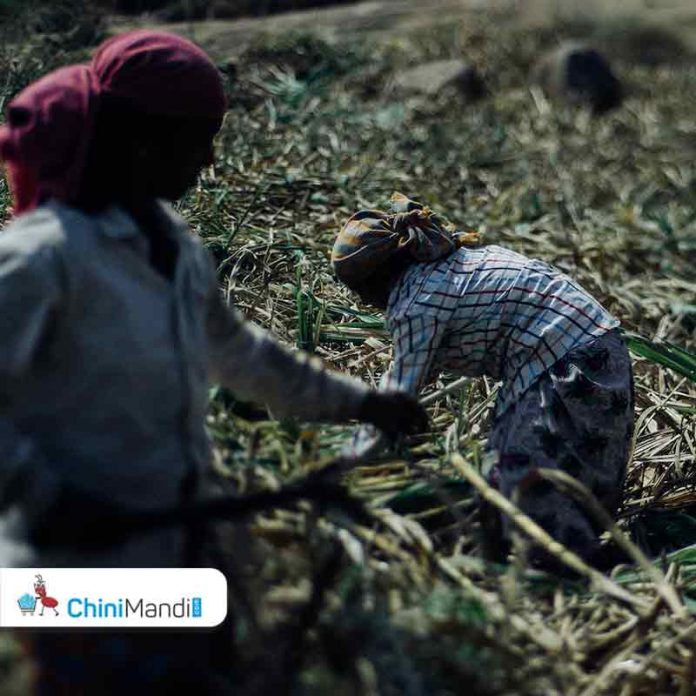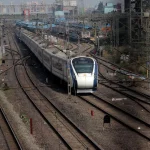The Indian sugarcane industry, a fundamental pillar of the nation’s economy, faces substantial obstacles. Recent studies attribute the decline in sugarcane production to environmental factors such as reduced rainfall and persistent droughts. This decline has significantly reduced the average yield per hectare from 100 to 60 to 70 tonnes, consequently impacting the overall sugar output.
In response to these challenges, the government took proactive steps by prohibiting the diversion of sugar for ethanol production. While aimed at bolstering sugar availability, this decision inadvertently led to a decline in prices, potentially impacting the income of mill owners.
Furthermore, a recent arbitration meeting of sugarcane workers, chaired by senior leaders Sharad Pawar and Pankaja Mundhe, resulted in a unanimous decision to grant a 34% wage hike to sugarcane laborers and a 1% commission increase to contractors.
Adding to the industry’s challenges, the expenses associated with transportation during harvesting surged from an average of ₹750 to ₹875. This surge is expected to contribute to a reduction in the Fair and Remunerative Price (FRP) for farmers, potentially affecting their livelihoods.
Regarding the FRP for the 2023-24 sugar season (October-September), it stands at Rs. 315/quintal for a base recovery rate of 10.25%. Additional premiums and penalties of Rs. 3.07/quintal are in place for every 0.1% increase or decrease in recovery rates.
Differentiating Maharashtrian sugar mills based on their recovery rates (above 12% and above 11%), a mill with a 12% recovery rate would receive a total FRP of Rs. 3,687 per tonne. Factoring in average cutting and transportation costs (now at ₹870 due to the hike), the net FRP amounts to Rs. 2817. Similarly, a mill with an 11% recovery rate would yield a net FRP of Rs. 2510.
The notable surge in transportation costs (Rs. 120 per tonne) results from a substantial 34% increase in wages for sugarcane cutting laborers and a 1% rise in contractor commissions. Mills factor in average sugar yield, crushing, and transportation costs to compute the final FRP, resulting in an additional Rs. 120 reduction this year.
Additional insights:
While the wage hike benefits the 10 lakh sugarcane cutting laborers, it adds strain to mill finances.
A strategic shift towards ethanol production could provide a sustainable long-term solution, potentially alleviating sugar surpluses.
Research into drought-resistant sugarcane varieties and improved irrigation methods holds promise in mitigating the impact of water scarcity.
Concluding remarks:
The Indian sugarcane industry grapples with a web of challenges. While government interventions and wage adjustments hold importance, long-term solutions hinge on technological advancements, diversification, and sustainable water management practices. Only through collaborative efforts can the industry fortify its future and protect the livelihoods of those dependent on it.
Disclaimer: The views and opinions expressed in the article by Dilip Patil, Managing Director of Samarth SSK Ltd., are solely his own.












